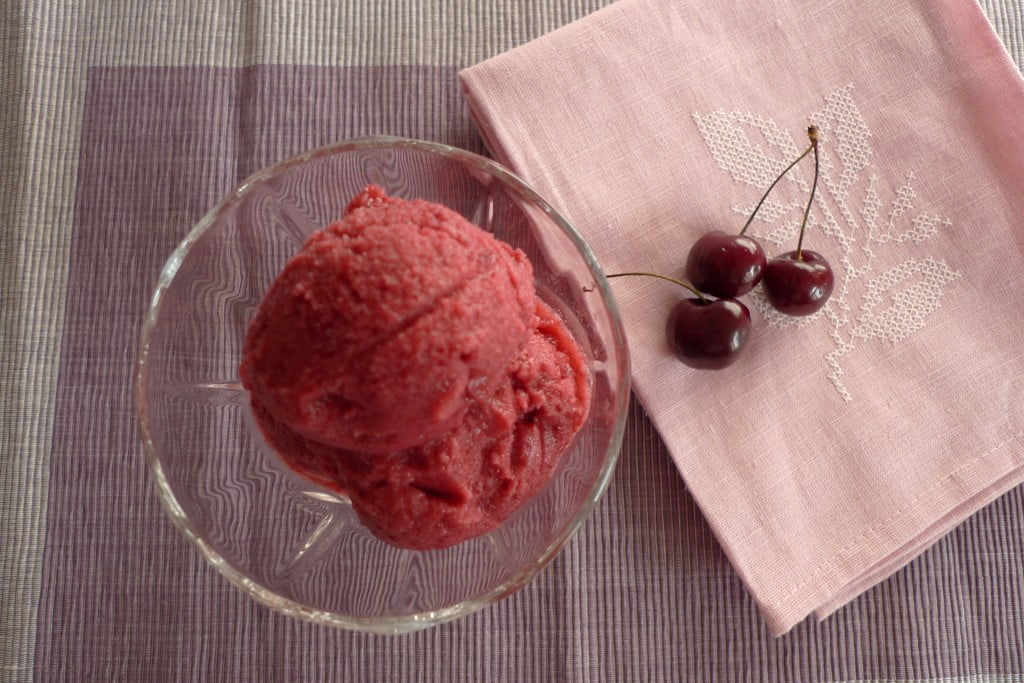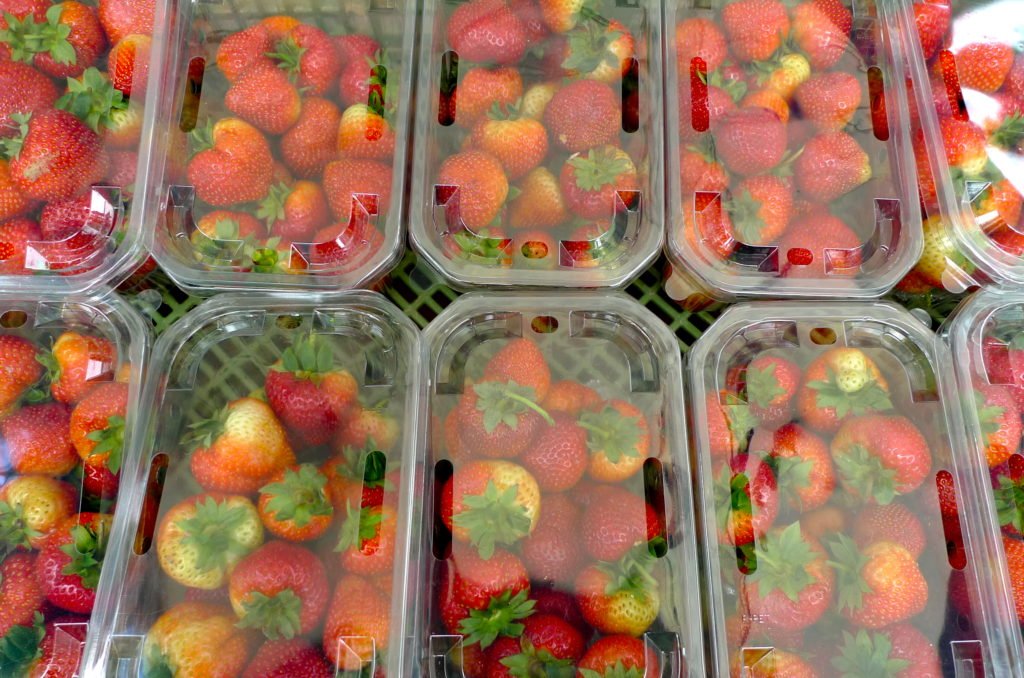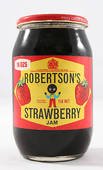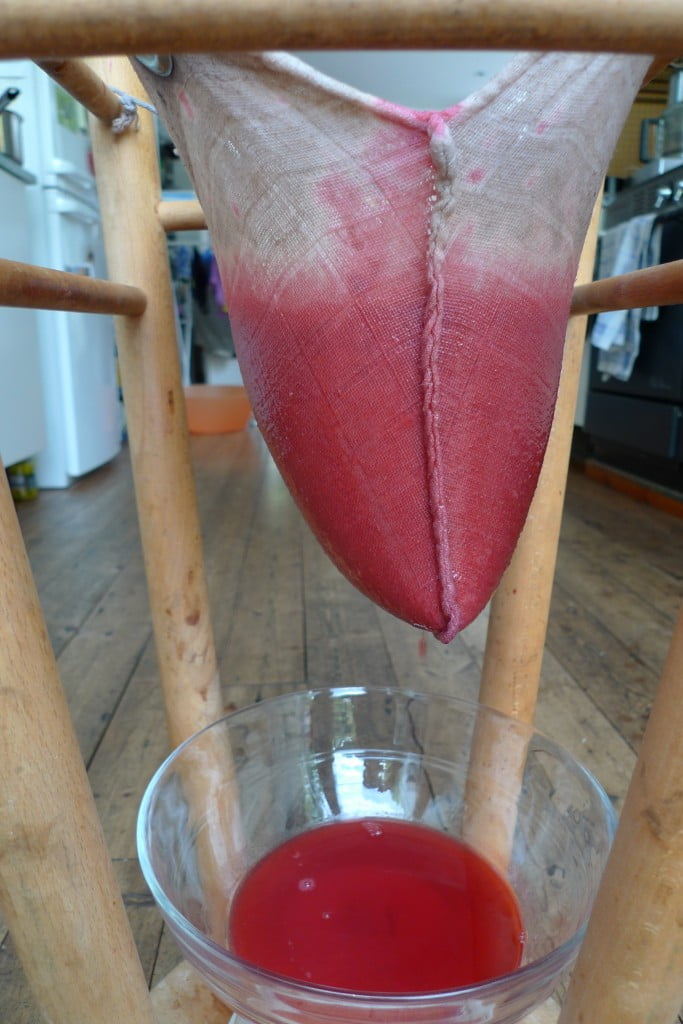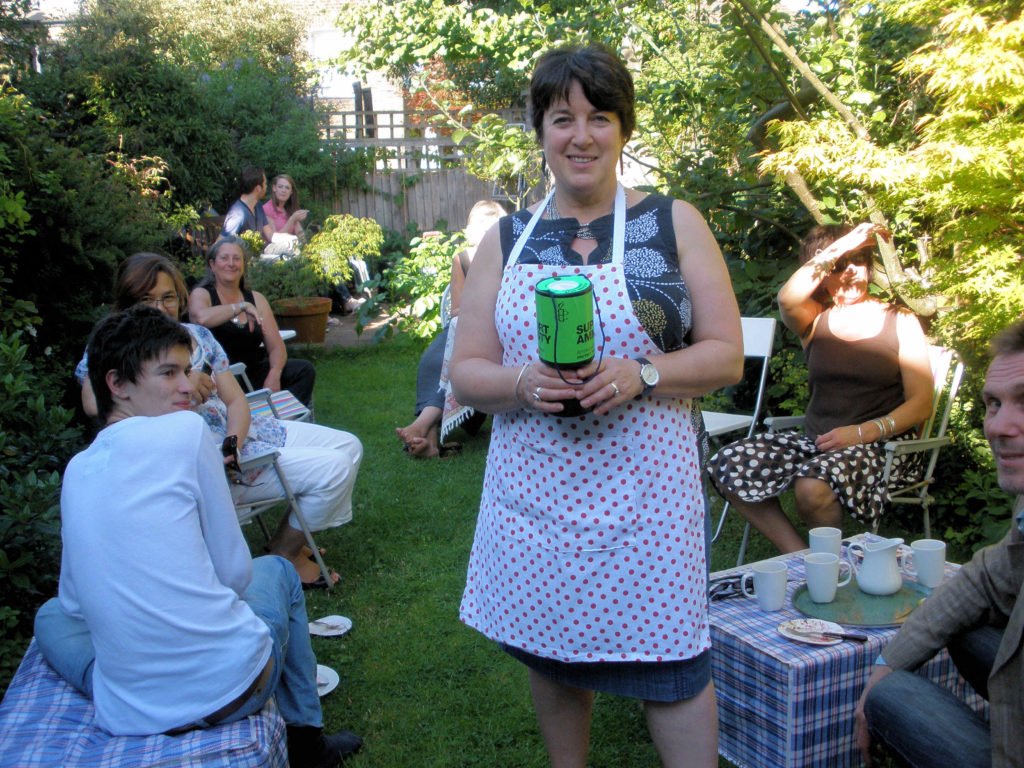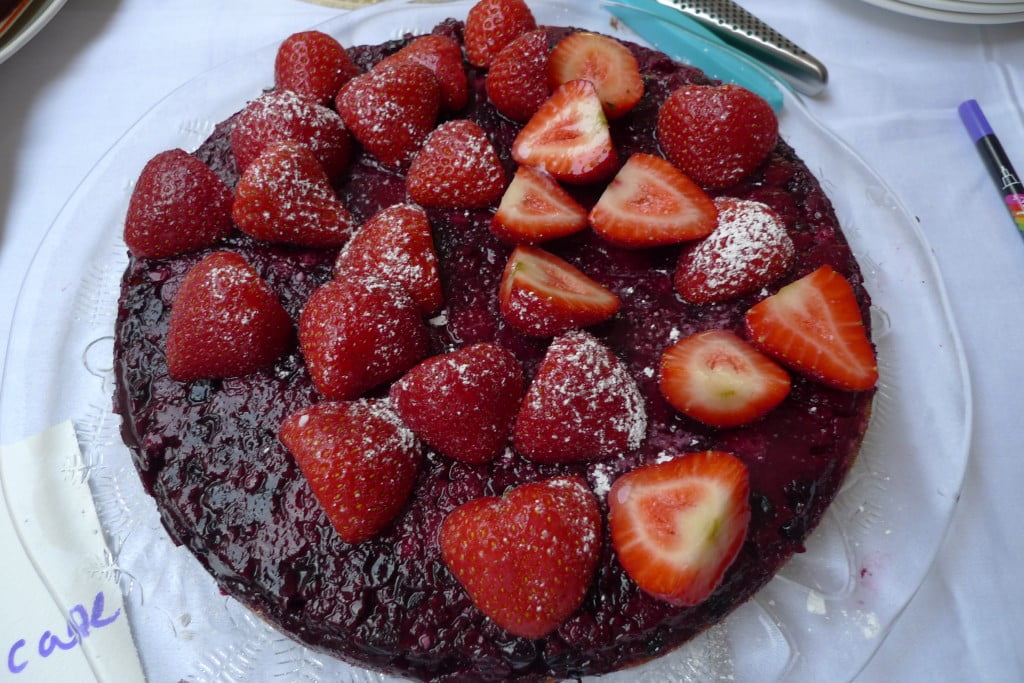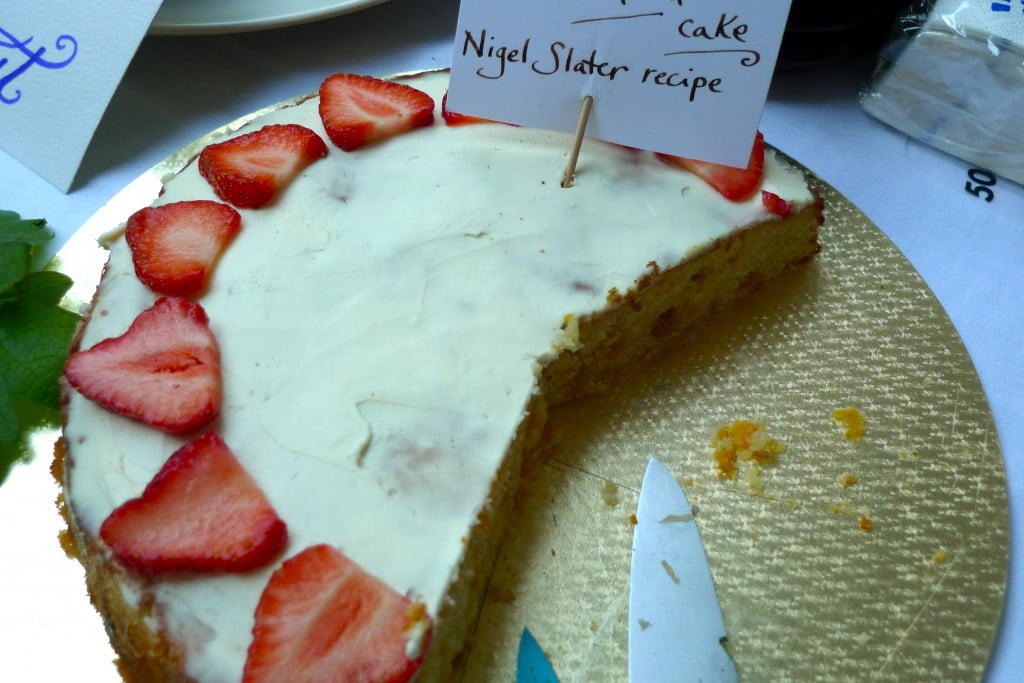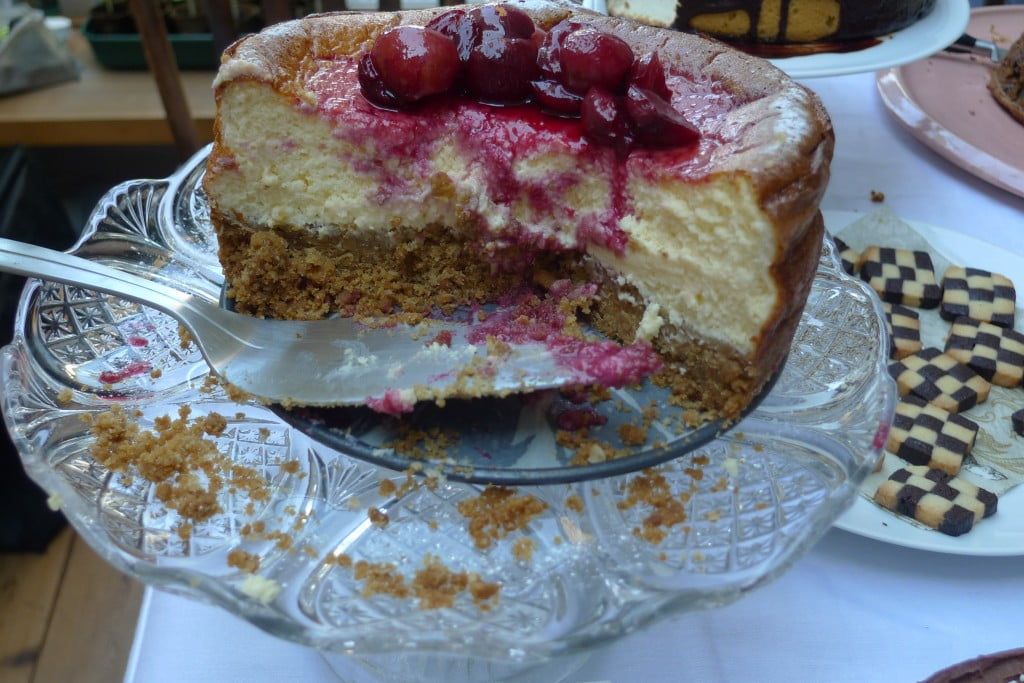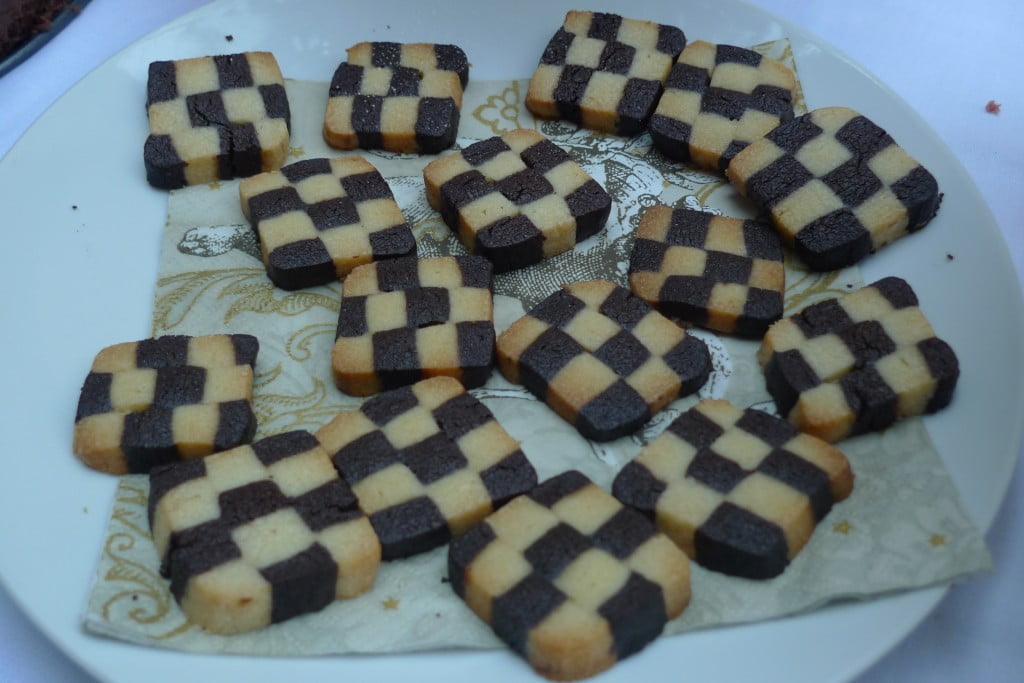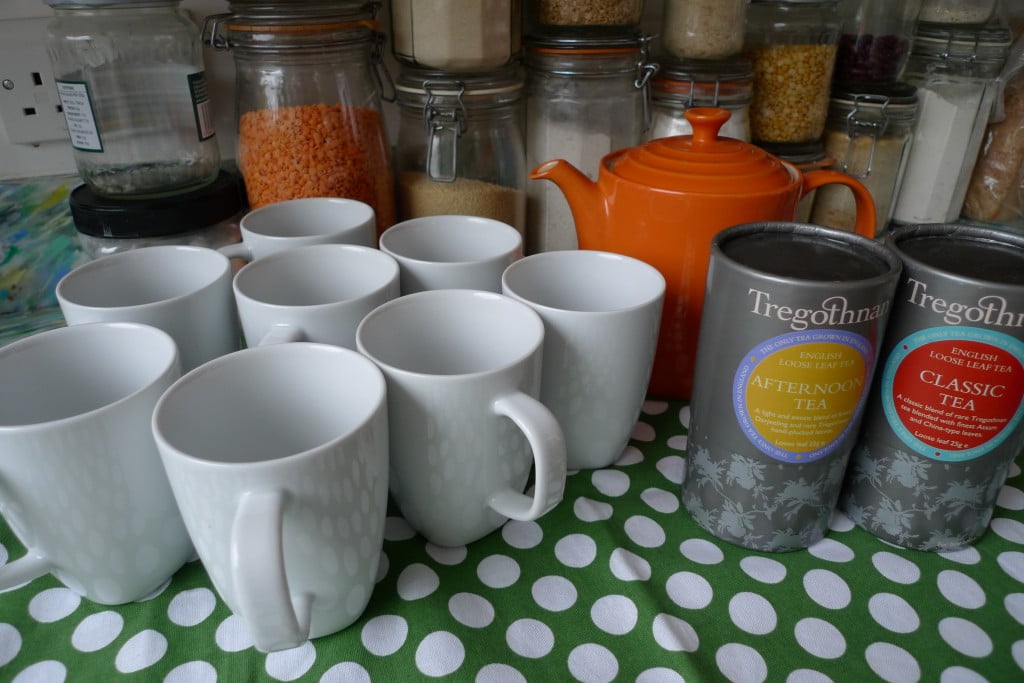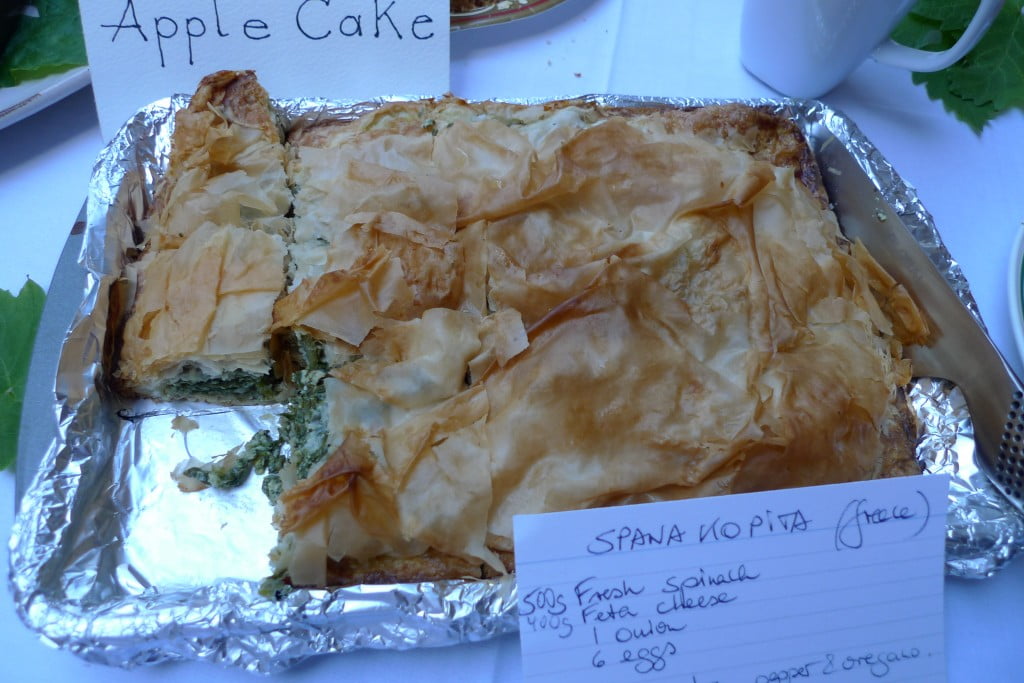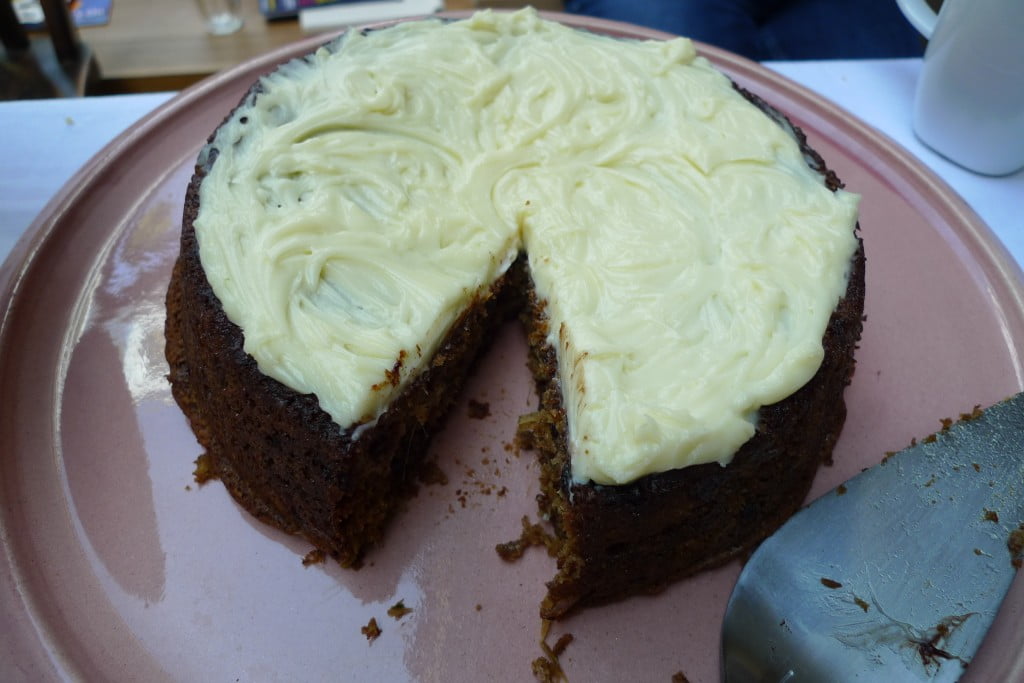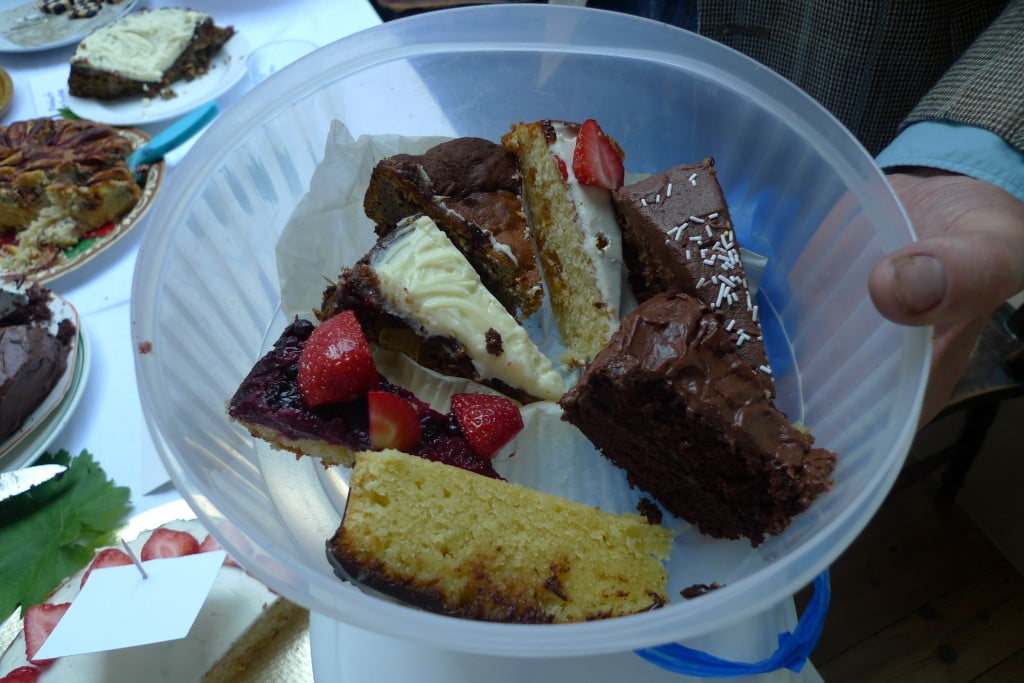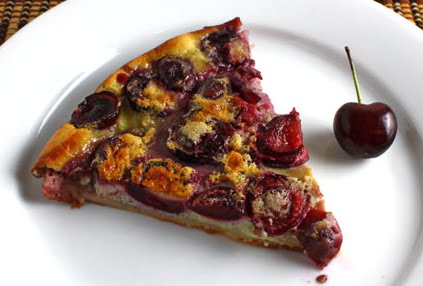Tarte Tatin
This delicious pastry made with apples established the reputation of the Tatin sisters who ran a hotel in the Loire Valley in 1898. According to tradition the sister who did the cooking, Stephanie, was making a traditional apple pie and over-cooked the apples. She rescued the dish by putting a pastry cover on top of the apples and quickly finishing it off in the oven. She inverted the cooked tart onto a plate and to her delight the hotel guests loved it. According to tradition the dish became so popular that the owner of Maxim’s in Paris sent down spies to discover the secret recipe.
The other day my friend Laurent, former pastry chef turned yoga teacher (yogalaurent), came over to make tarte tatin with me. A few days before he’d texted me a list of ingredients reminding me to get firm dessert apples (eg Braeburn, Jonagold) which would hold their shape and not turn to mush! He also checked that I had a heavy ovenproof frying pan. On a recent day trip to Paris, I bought two different sized black iron pans which were perfect for tarte tatin. Black iron pans are used all the time in restaurants – you can start a dish on the stove and put the pan staight into a very hot oven to finish it off. I love mine but you do have to temper them before use and always smear a little oil over the surface after cleaning them or they’ll end up rusty!!
As we had limited time, we used a good quality buttery ready-made puff pastry. Working together we decided to use two pans and divide the recipe according to the size of each pan. The larger pan held 7/8 apples, the smaller pan took 5/6 apples. Whatever size pan you use, you will need to pack the apples together so that they fit together snuggly. Shoulder to Shoulder….
Tarte Tatin Recipe
8 Braeburn apples
1/2 packet puff pastry
2/3 tbsp caster sugar
50g unsalted butter
1/2 small orange, zest grated plus juice
1/2 lemon, zest grated plus juice
1/4 tsp vanilla extract
Core and peel all the apples and cut into half lengthways.
As we were using two different sized black iron pans – the smaller pan had 5 apples, so 10 halves and the larger pan had 7 apples or 14 halves. The next stage was the caramelisation which can take about 10/15 mins. We added some good knobs of butter into the apple filled pan and turned the heat to medium/high. Then we added 2 or 3 tablespoons of sugar and allowed the apples to take on a lovely golden colour as they started to caramelize. At this point we added a couple of teaspoons of the lemon/orange zest/juice mixture. You may well need to add more butter as it gets absorbed. You will need to hover over the pan with a fork and turn all the apples frequently making sure they get that all over golden tan.
Get your puff pastry and flour your surface well and roll each piece out to a rectangle of about 3mm depth and wide enough to cover your pan plus extra to fold under the apples. (Handy tip: I don’t wash my wooden rolling pin. If you just scrape off whatever adheres to it with the back of the knife – it will last forever.
Laurent pointed out politely that working with pastry benefits from a cold smooth surface and a piece of granite in lieu of an expensive kitchen surface makeover. (Note to myself check out my nearest reclamation yard!).
The next stage is a bit like tucking a blanket under the edges of a baby’s cot. Carefully tuck the pastry underneath the apples making sure you go all round the pan leaving no gaps. You may need to trim bits off here and there and use them to patch the gaps where there isn’t enough pastry to tuck underneath.
When you’re happy that your apples are cosily tucked up in their pastry blanket, lightly prick the pastry all over with a fork, being careful not to pierce through the pastry. The tarte is now ready to go into a hot oven (at least 200 degrees C) and bake until the pastry is a light golden colour. Approx 20 mins but definitely check it after 15 mins as temperatures do vary from oven to oven.
When your tart is cooked get it out of the oven with an oven glove, hold your pan firmly by its handle in one hand and get your serving plate as close as you can to the pan and with one swift manoeuvre invert the tarte onto your plate. Re-arrange the apples if they have became dislodged in the inverting process. Tarte Tatin is best eaten warm served with crème fraiche or vanilla ice cream.
If you’d like to learn how to make Tarte Tatin, White Chocolate Mousse or Pear and Hazelnut Tart, you can sign up today for one of my Art of Pudding classes starting again in September. If you book for any of my classes before 31st August 2011, you can save £20 per person off the normal cost of a class (£70). Cost: £50 per person!!!










